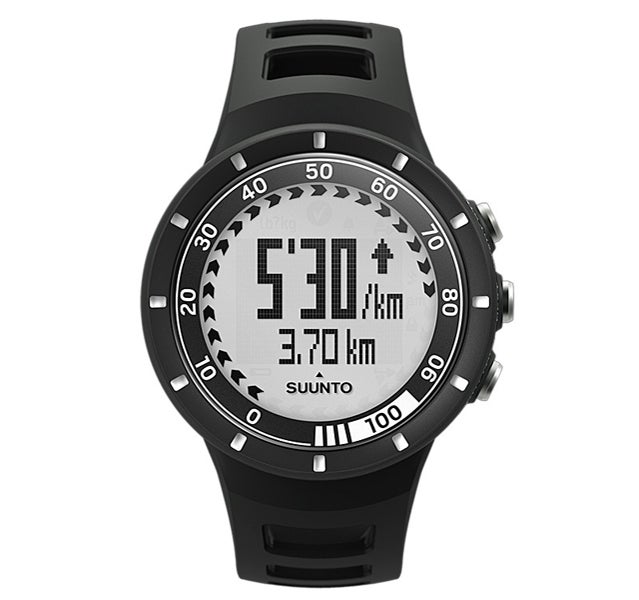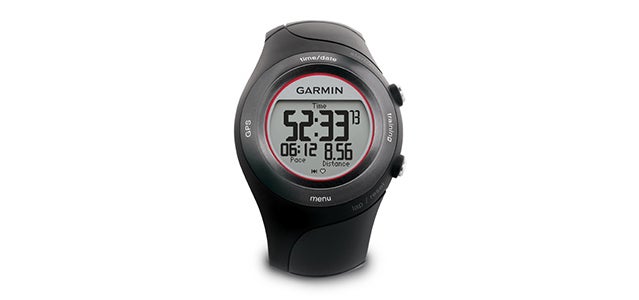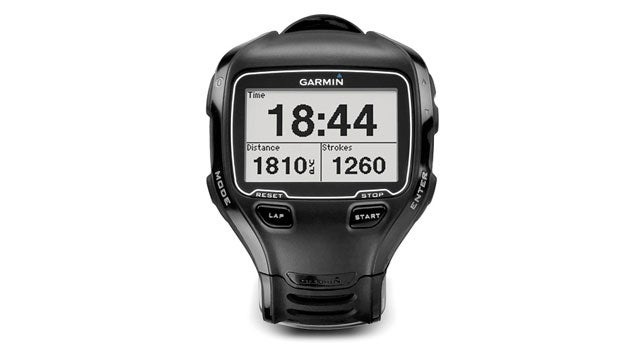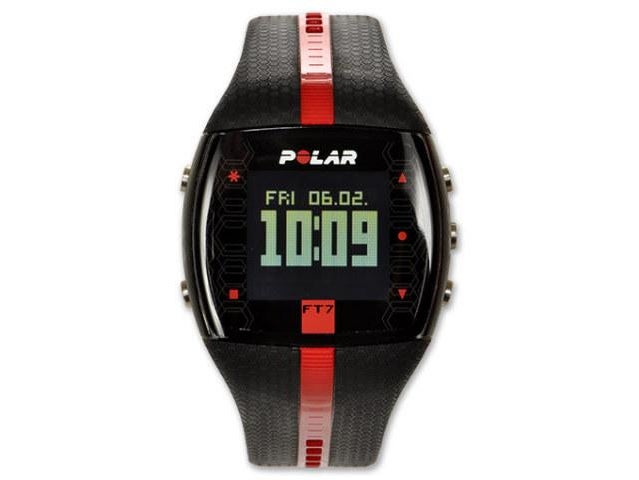There are lots of good choices out there, Doug, and it really comes down to how many features you want and what you鈥檙e willing to pay.
Basic monitors, like ($110) go for around $100. The FT7 tells you your heart rate, helps you stay in your target zone, and takes a stab at estimating how many you’ve calories burned. It also has standard watch features鈥攖ime of day, alarm, date鈥攁nd it鈥檚 water-resistant to an impressive 50 meters. You could easily use the FT7 while running, hiking, and biking.

($250) allows you to target different heart rate zones, pre-set interval workouts, and count calories. It comes with a USB stick for uploading data to your computer, key if you keep a digital training log, and you can buy optional foot or bicycle pods ($79 and $59) to track your distance while running or cycling. All the basic watch features are there, and it even looks pretty cool.

Next, you might look at ($300). It includes a GPS, which will let you track distance, pace, and elevation. It also has more sophisticated heart rate monitor functions, such as the ability to program five different heart zones. And it can upload data to a computer wirelessly, so you can monitor your training easily and get a better picture of your activities by the week, month, year.

At the highest level, Garmin and Polar are neck and neck. Garmin’s makes the most sense for a serious triathlete. It has a swimming focus, with water-resistance to 50 meters and a suite of swimming-specific features, like the ability to track pool lengths and even understand what stroke you鈥檙e using. But it鈥檚 also a very capable dry-land unit, with GPS, and the ability to measure pace, heart rate, distance, elevation, on or off of a bike.
Polar’s GPS-enabled doesn鈥檛 have quite the same swimming-specific features as the 910XT, but it still holds its own in a pool. It’s also the best of the bunch for measuring your performances, competing against previous best efforts, and recording and tracking your fitness.


